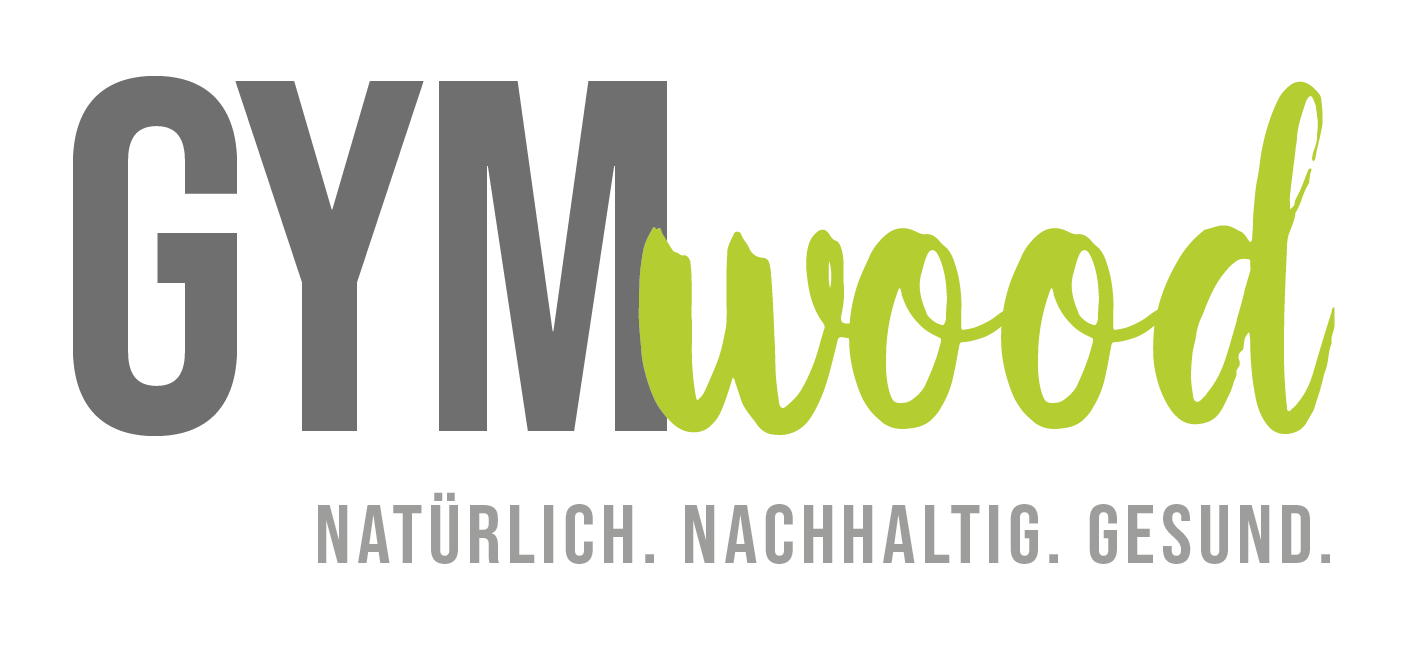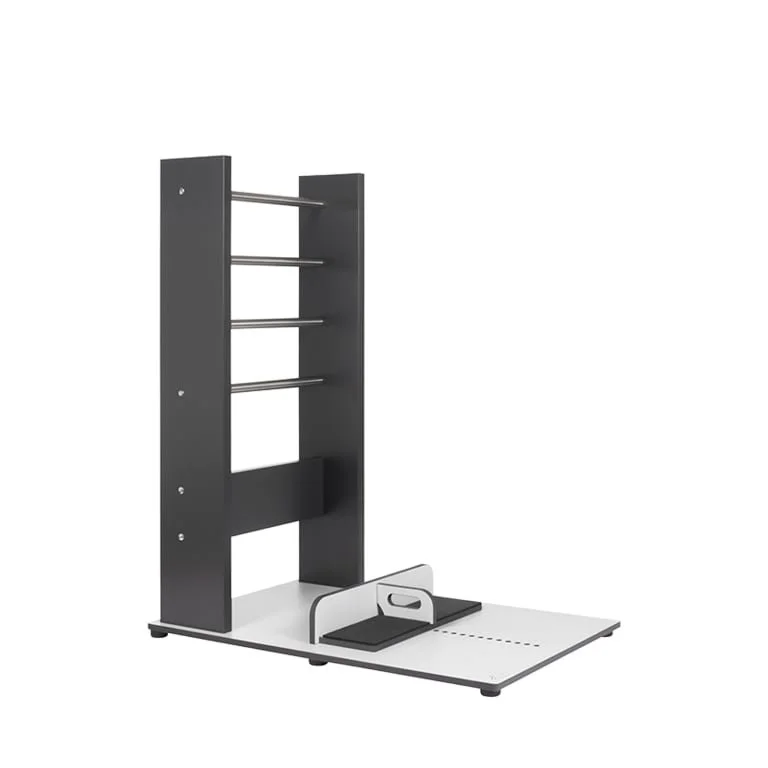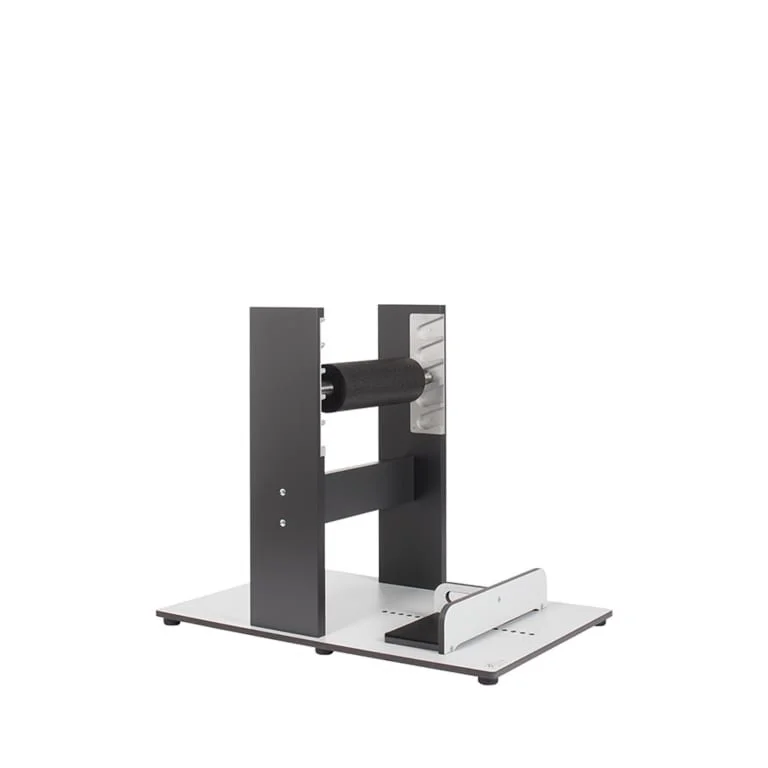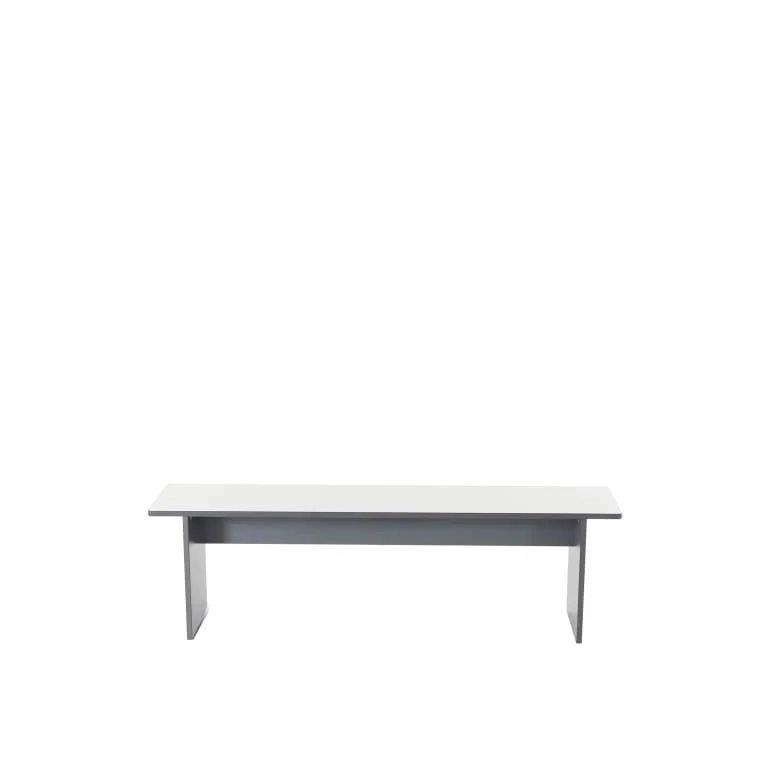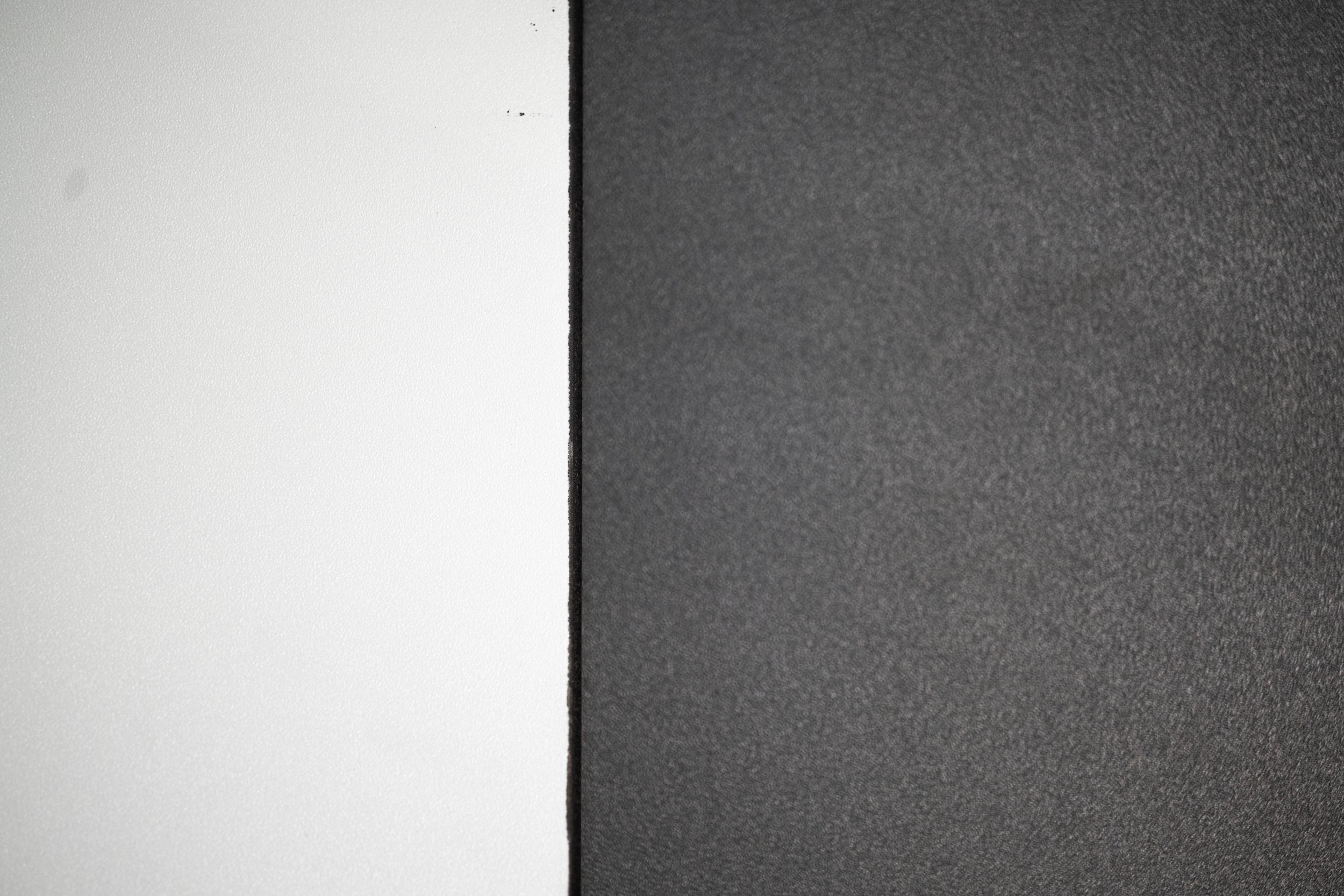
new Basic
The New Basic series offers your studio/practice a cost-effective circuit. A gain in therapeutic expertise that allows your customers to benefit from our successful back and joint concept.
Here's how
All exercise videos with
the exact execution
for our circuit devices
can be found on our
YouTube account
HALS
-
Sternocleidomastoid muscles
Suboccipital muscles
Levator scapulae
Trapezius
Scaleni muscles -
LWS
-
Ventral and dorsal muscle chain
-
Adjust the roller so that the center of the cushion is at
Height of the tip of the nose
- Knees stretched, shoulders remain lowered
- Buttocks and back with as much contact to the wall as possible
- Look straight ahead, head is only tilted to the side without rotation
- Upper body remains against the back wall
-
Move the pelvis to the side and keep tension in the neck muscles.
Hip
-
Psoas Major
Quadriceps Femoris
Rectus Abdominis
Diaphragm -
Knee | Hip | Spine
-
Ventral muscle chain
-
- Knees hip-width, supporting surface on the middle of the buttocks
- One leg positioned in hip line in front of body
- Both knees bent 90 degrees
- Head in extension of the spine, chin slightly retracted Pelvis remains erect throughout the exercise Palms facing each other
-
Lean upper body as far back as possible and keep tension in the front chain.
Chest
-
Pectoralis Major & Minor
Psoas Major
Rectus Abdominis
Latissimus Dorsi
Diaphragm -
BWS I neck problems
-
Ventral muscle chain
-
- Middle part of the pad at the level of the angulus inferior (TH9), lower part at the junction of psoas and diaphragm (TH12 & L1).
- Knees hip-width, feet flat on the mat
- Head in extension of the spine, chin slightly retracted
-
Bring extended arms as far as possible behind the pad by extending the thoracic spine and maintain muscle tension in the anterior chain.
Wade
-
Gastrocnemius
Soleus
Ischiocrural musculature
Musculature of the foot -
Knee I lumbar spine I thoracic spine
-
Dorsal muscle chain
-
- Knees extended
- Toes grip the wedge
- Hips are perpendicular over the foot
- Place the upper body as far forward as possible
- Pelvis remains tilted forward
- Head in extension of the spine, chin slightly retracted -
Pull heels down as far as possible and hold the tension.
Side tilt
-
Latissimus Dorsi
Obliquus Internus Abdominis
Obliquus Externus Abdominis
Quadratus Lumborum -
Neck | Spine
-
Lateral muscle chain
-
- Middle part of the pad at the level of the angulus inferior (TH9), lower part at the junction of psoas and diaphragm (TH12 & L1).
- Knees hip-width, feet flat on the mat
- Head in extension of the spine, chin slightly retracted
-
Bring extended arms as far as possible behind the pad by extending the thoracic spine and maintain muscle tension in the anterior chain.
Leg extension
-
Adductor group of the hip joint
Latissimus Dorsi
Obliquus Internus AbdominisObliquus Externus Abdominis
Quadratus Lumborum -
Knee I Hip I Spine
-
Ventral muscle chain
-
- Knees hip width, feet lie flat
- Push pelvis diagonally forward upward
- Band is pulled in an upright position, with tilt of the upper body backwards the arms are slowly extended forward
- Head in extension of the spine, chin slightly retracted
- Pelvic uprightness must be permanently ensured
-
Lean upper body as far and straight back as possible, pivot point is at knee joint.
Balancing act
-
Ischiocrural muscles
Gastrocnemius
Soleus
Psoas major -
Knee I Hip I Spine
-
Dorsal muscle chainDorsal muscle chain
-
- Place foot on slide in hip position
- Push the pelvis forward evenly to create tension on the hip flexors
- Front leg is stretched, heel presses into the pad, toes are pulled up
- Upper body remains straight
- Arms only secure against tipping to the side
- Avoid external rotation of the front foot
-
With your pelvis straight, push your front foot as far forward as possible and maintain tension.
Glutaeus
-
External rotators of the hipExternal gluteal muscles
and piriformis -
Sciatica
-
Dorsal muscle chain
-
- Place front knee centered on front third of pad (center of sternum)
- Then place back leg on sled with ball of foot
- Hip is straight, upper body upright
- Rest arms loosely on backrest
-
Slide the sled backward with the knee bent, lowering the hip lower than the resting knee. Tension on gluteal muscles must be clearly noticeable. Angle of the resting leg as close to 90C° as possible at the knee.
Bridge
-
Rectus abdominis
Transversus abdominis -
Knee I Hip I Spine
-
Ventral muscle chain
-
- Place on rungs and clamp feet between two rungs of the front bracket
- Push the body over the rungs until the body is almost stretched out
- Head is in extension of the spine, arms are externally rotated to the side of the body
- Pelvis remains upright
-
Lean back as far as you can still maintain the posture under muscle tension.
